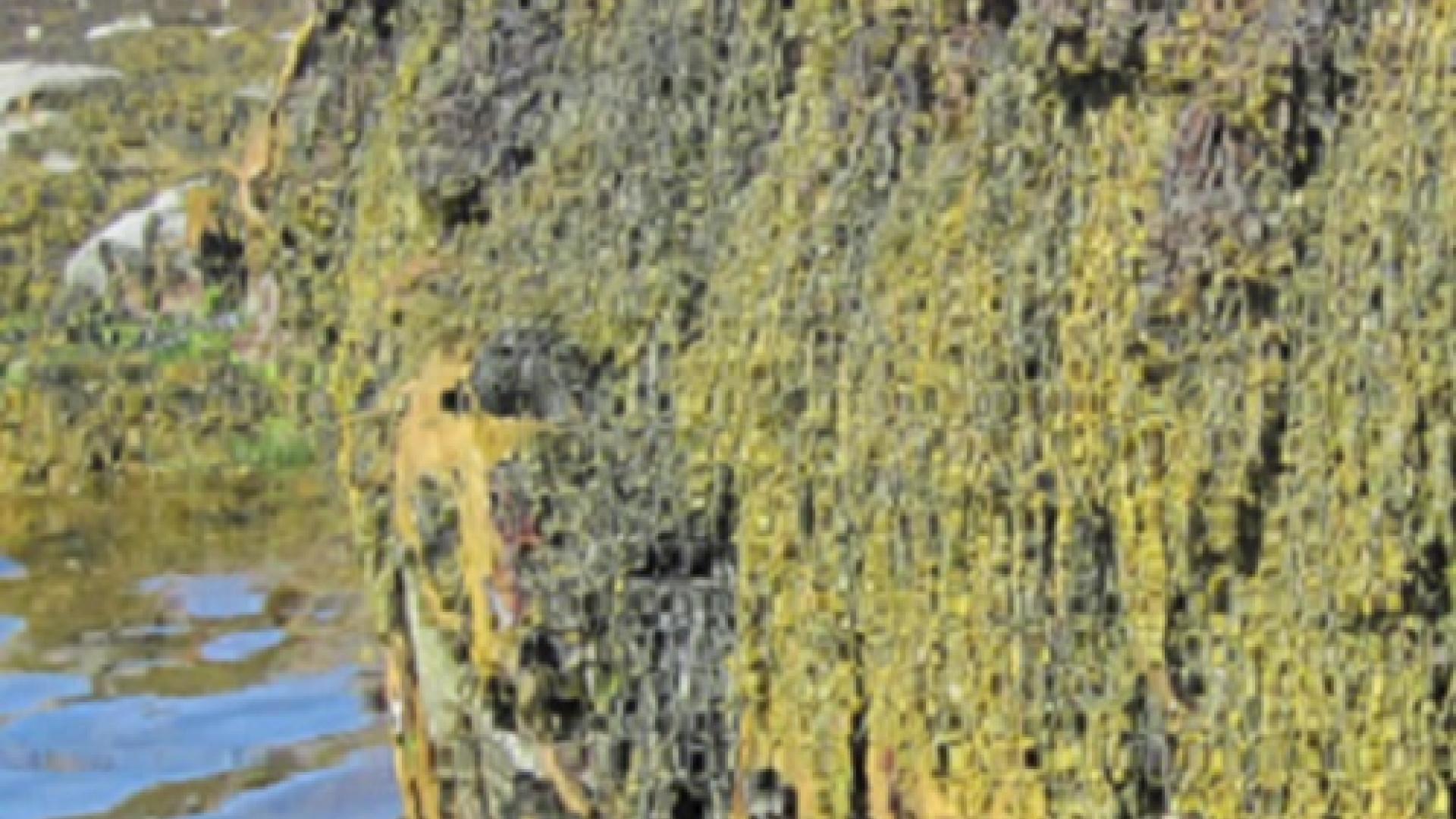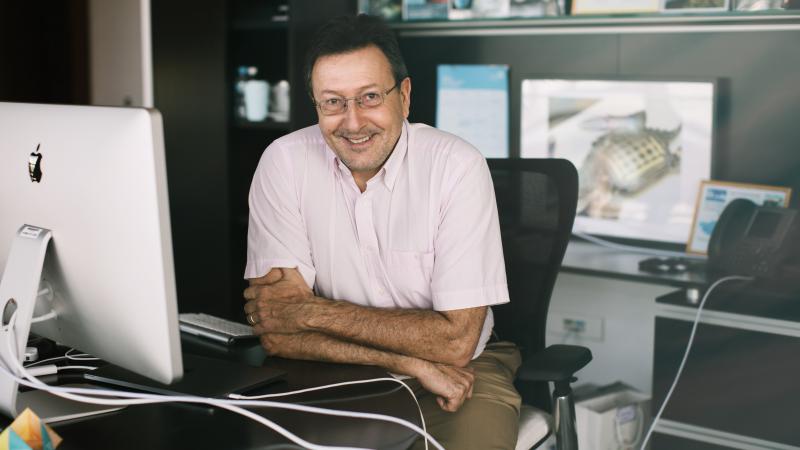© 2016 KAUST
The understanding of the global carbon cycle has been reshaped by KAUST researchers, who revealed a major role in this cycle for the abundance of seaweed growing around the world’s coasts.
Several years ago, Carlos Duarte, now director of the KAUST Red Sea Research Center, was among the first scientists to establish that marine vegetation plays a major role in the movement of carbon through the environment and all living organisms. The dominant players in the waters of coastal zones are macroalgae, more commonly known as seaweeds, such as kelp and sargassum.
Now Duarte and Dorte Krause-Jensen from Aarhus University in Denmark have reviewed and quantified the role of macroalgae in trapping carbon. Their estimate is a highly significant 173 trillion grams of carbon sequestered in coastal seaweed globally per year.
“Marine macroalgae have largely been excluded from the discussion of marine carbon sinks,” said Duarte. He explained that this is due to neglecting the accumulation of macroalgae in deep-sea sediments. His latest review suggests that around 90 percent of global sequestration of carbon by macroalgae could be due to the transport of this vegetation into the deep sea.
Read the full article

